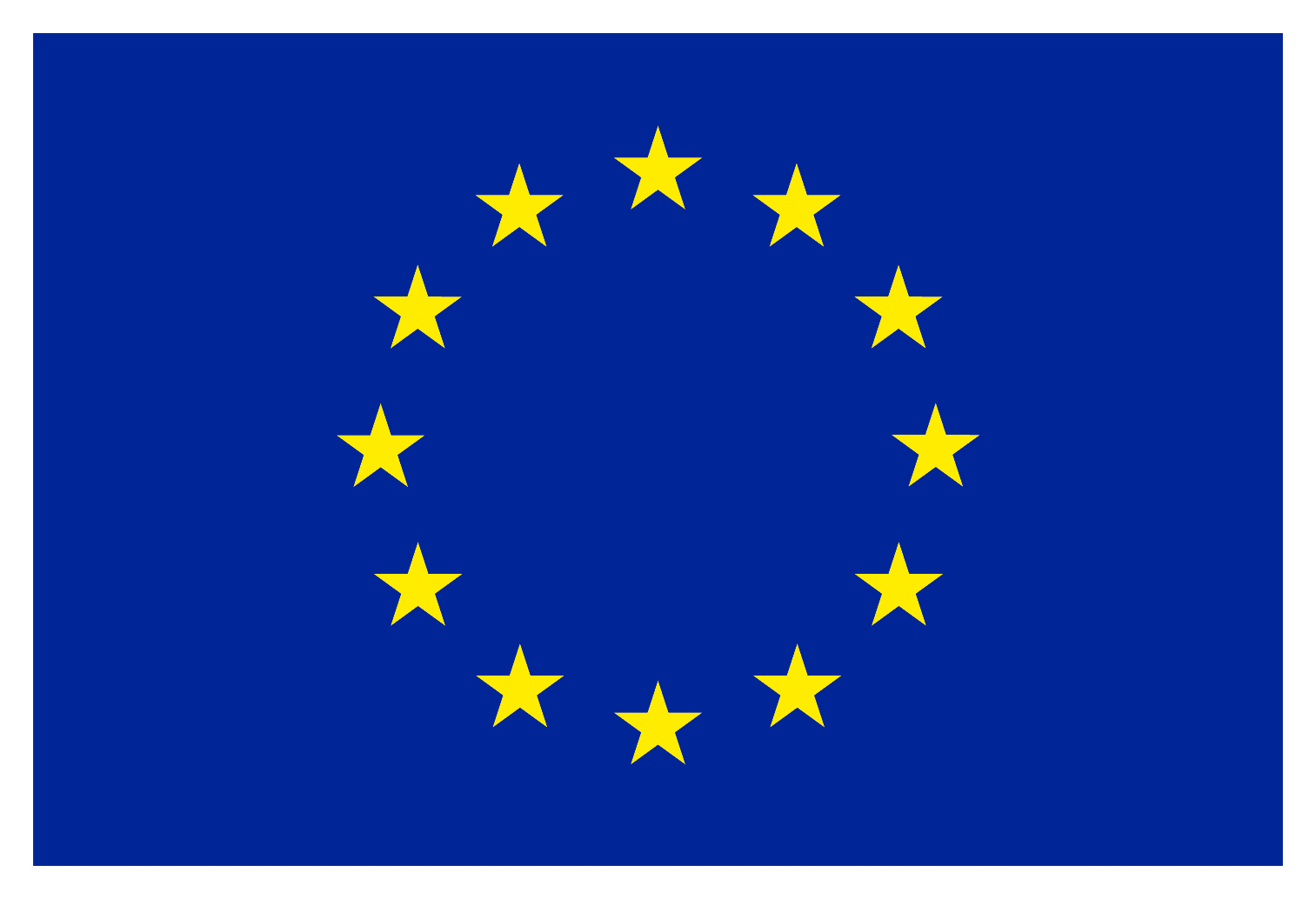Unmanned Aerial Vehicles for upscaling proximal sensing ecosystem observations by means of model data integration.
UAV technologies are progressing rapidly and these offer low-cost, relatively stable platforms that are capable of flying low and slow to capture detailed near-canopy information at potentially fine spatial resolution. UAVs can now be configured to carry a range of different payloads including thermal cameras, miniaturized hyperspectral spectroradiometers and standard visible or infra-red cameras. However, such approaches have not yet been extensively tested and validated at study sites and data acquired from these platforms will require to be integrated into datasets derived from fixed-point optical sensors mounted on flux towers.
There are many advantages to using UAVs as platforms for this type of research and the following will be investigated:
- If the cost is significantly lower than manned aircraft flights;
- The flights can be user-controlled in both spatial and temporal terms, meaning that the most scale-appropriate data can potentially be obtained;
- UAVs by being able to fly low and slow can ‘bridge’ the scaling gap between the fixed-point discrete ground-based observations and those made by satellites by providing ‘within-pixel’ estimates of spatial or temporal variability and therefore carrying information about ecosystem processes happening at smaller and faster scales than those that can be investigated with satellite data;
- Multi-rotor UAVs can hover over fixed points and if operated at different altitudes provides an unique opportunity investigate spatial aggregation effects studies.
The introduction of such systems will facilitate the use of data rich pilot sites for calibrating empirical models and tackling the challenges of up-scaling methods. UAV flights will provide a fine scale spectral characterization of ecosystems at landscape scale. The integration of UAV based approaches will provide data in the spatial dimension with fixed-point approaches (e.g.EC or Phenological Cameras) providing data in the temporal dimension, exploiting the strengths of each method for the estimation of the spatial-temporal evolution of ecosystem processes. Such an approach is of great advantage for discriminating the sources of energy/matter fluxes in heterogeneous ecosystems allowing for performing ecosystem type specific model data fusion processes. This will be key to reducing uncertainties in up-scaling exercises and more generally for environmental monitoring purposes. The first task in this WG is therefore to test the use of UAV platform at a series of test sites, carrying out (nadir and multi-angular) reflectance and fluorescence observations. This will allow the relationships between the ecosystem biophysical parameters, the matter/energy fluxes and the spectral information to be investigated using empirical approaches based on specific spectral bands and/or bands combinations (e.g. Photochemical Reflectance Index; Normalised Difference Vegetation Index) as well as machine learning approaches and coupled radiative transfer models with biogeochemical ones.
This WP will be divided into three distinct Activities:
- UAV platforms: the task in this activity is therefore to test the use of UAV platform at a series of pilot sites, carrying out (nadir and multi-angular) reflectance and fluorescence observations and assess positional accuracy of current GPS control systems.
- Model Data Integration: this activity aims to calibrate data driven and process based models using in-situ data and comparing/integrating them with the estimates provided by UAV platforms
- Up-scaling: functional relationships and calibrated model parameters will be linked to regional drivers for estimating biophysical properties of vegetation at broader scale. Furthermore the benchmarking with machine learning methods will permit to evaluate the robustness of the estimates. Eventually, models that simulate hyperspectral reflectance in conjunction with the exchange of CO2, water vapor and energy can be coupled to footprint models to create a ‘footprint simulator’, which would allow the seamless integration of EC flux and spatial explicit data from UAVs.
WG2 Deliverables:
- Review and report on the challenges for optical sensing in up-scaling biophysical properties of vegetation and test different UAV platform/measurement instruments setups
-> reports from the SWAMP training course
-> STSM from Michal Chilinski
-> UAV survey
- Development of a footprint tool for optimalplacement of fixed spectrometers and for combination of EC measurements with UAV-based spectral data
-> Footprint tool available for Bing aerial images
-> STSM to come for extending classification to S2 imagery (to come: March 2018)
- Liaise with industry representatives to improve accuracy of GPS
-> results from the workshop held in Bolzano
-> Emlid joining Toulouse. Tutorial on the use of REACH RS.
- Definition of new methods for scaling up functional relationships between optical properties and ecosystem processes from in-situ to landscape scale by means of UAVs, including identification of adequate radiative transfer models to be coupled with biogeochemical models for linking biogeophysical properties of vegetation with its optical properties.
-> Aasen, H. and Bolten, A., in press. Multi-temporal high-resolution imaging spectroscopy with hyperspectral 2D imagers – from theory to application. RSE
-> Julia Kelly visiting the Department of Physical Geography and Ecosystem Science, Lund University, Sweden (STSM).
-> Poster presentation at ESA living planet. Multi-Scale estimates of ecosystem traits: a meta-model approach.
Link to current WG2 members: WG2 Contact list April 17





